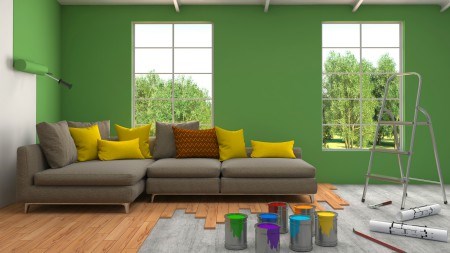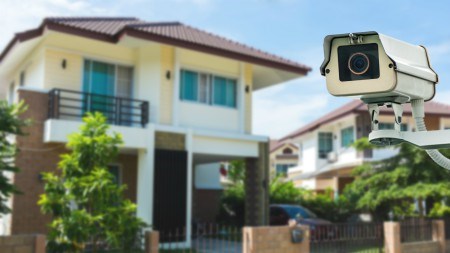Renting out a property is not a get out of jail free card when it comes to maintenance. Every home, regardless of how good its tenant, needs to be looked after.
At some point the walls will need to be repainted, new carpets will need to be laid and appliances such as stoves will have to be replaced. Many landlords choose to redecorate at around the five-year mark, or at the end of a long lease. Some are adamant that it’s a tenant’s responsibility to maintain the home while other - more realistic – landlords accept that wear and tear is part and parcel of the rental process and will carry out maintenance on a regular basis.
Why should you always maintain your property?
The long and the short of it is that maintaining a property generally increases its value which means it is in a landlord’s best interests to ensure that it is kept in good shape.
As a rule, it’s the landlord’s responsibility to decorate, but this certainly doesn’t mean he will necessarily have to bear all the costs. For instance, a tenant (generally one with a short-term lease of a year or less) may be required to forfeit part of his deposit to fund any damage to the walls. However, landlords have to respect that walls will need to be repainted at some stage, regardless of how well the tenant has looked after them, and this could backfire if the tenant disputes the fact that he was the sole cause of the damage.
How often should a landlord redecorate the house?
It’s a difficult question to answer because it all depends on the following factors:
1. Paint
Tip: use the highest quality paint you can afford. Good paint won’t only look better, it will last longer and unless the tenant pounds a plethora of nails into the walls, should last a good couple of years before it’s necessary to give it a fresh coat. Be wary of allowing the tenant to paint a rental unit himself. While it may be tempting from a cost-cutting point of view, there is a risk that the job will not be up to scratch (or to your taste) and will put off future tenants. This would mean the added expense of having to redecorate again once the current tenant moves out.
2. Carpets
Carpets are different animals altogether. A good quality carpet may look great and will wear better than a cheap option, but any carpet is going to look sad if it’s not cleaned regularly. For this reason, carpets should be steam cleaned at the end of every tenancy. Again, the tenant could be held responsible for the cost, but landlords do have to factor in fair wear and tear and understand that carpets will get dirty and will need to be cleaned, regardless of how cautious a tenant is. This means it shouldn’t necessarily be the tenant’s responsibility to foot the bill for the clean. Tip: consider switching to tiles or laminate flooring in a rental unit.
3. Appliances
When decorating a rental unit, choose neutral colours for the walls. Avoid laying light coloured carpets and don’t do things on the cheap. Install a reliable stove, or hob and oven, and although it may be tempting to choose a cheaper brand, more expensive models generally require less maintenance.
Keep records of when appliances were replaced and when the house redecorated as this could help if a tenancy dispute arises.
4. Conduct regular inspections
Conduct regular inspections during the lease period and attend to any repairs as quickly as possible. Not all tenants make it their life’s mission to wilfully destroy a home, but life happens and some degree of damage is almost inevitable. An inspection is the perfect time to speak to the tenant if the walls need washing or the carpets need cleaning, and you could also ask them to rectify any visible damage. Conduct a thorough incoming and outgoing inspection and if there is damage you need to repair and you want the tenant to pay, provide receipts for all work carried out.





